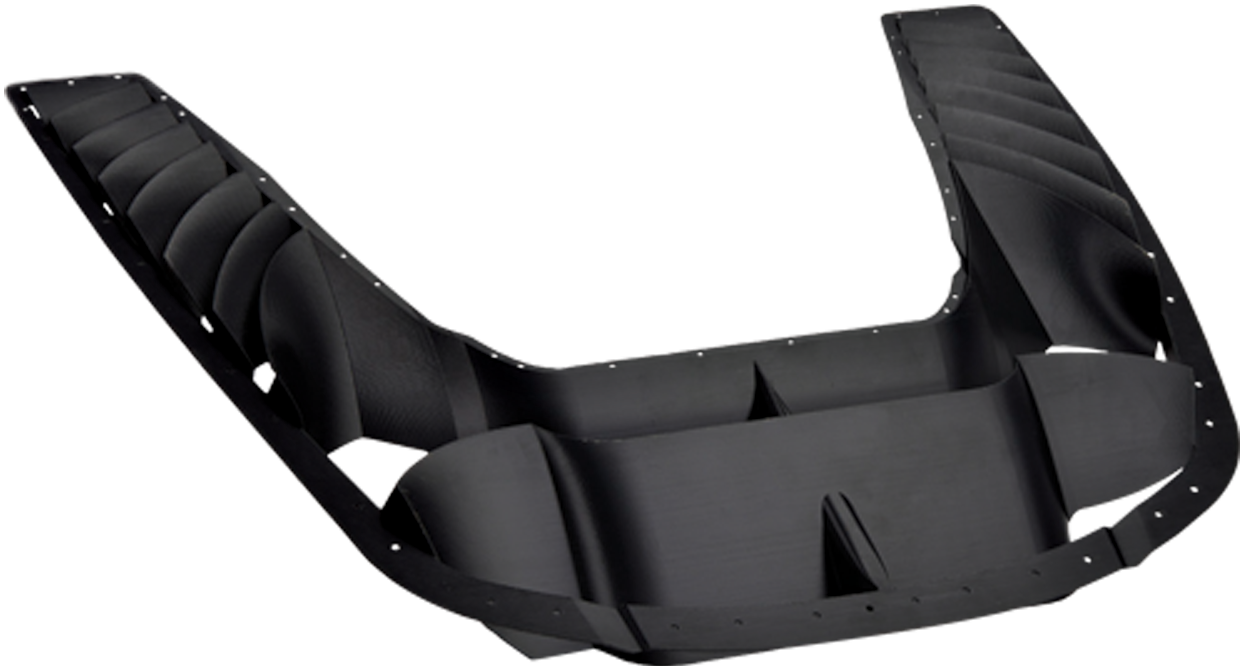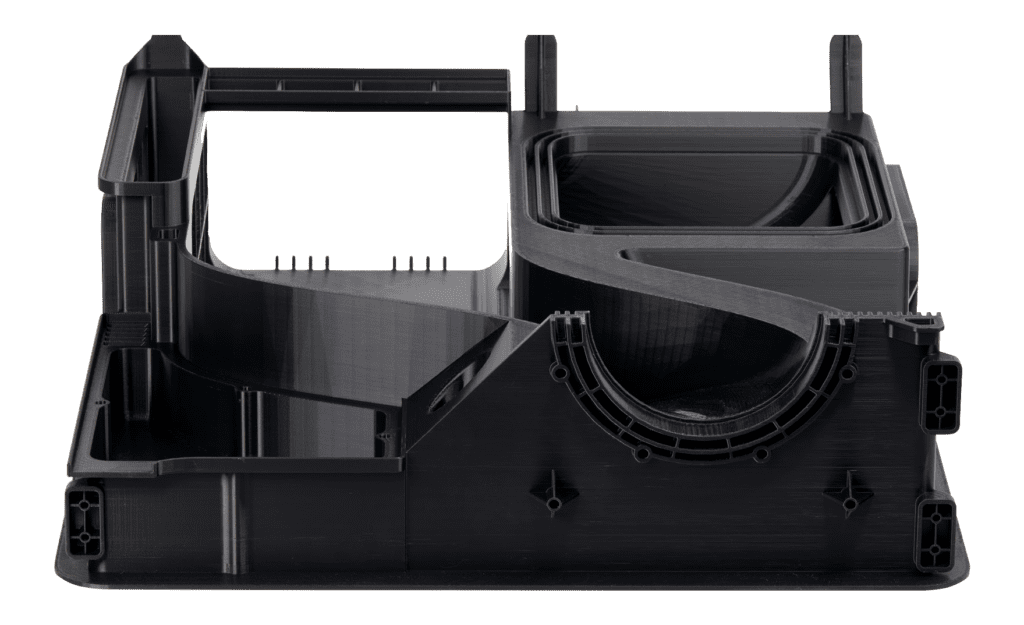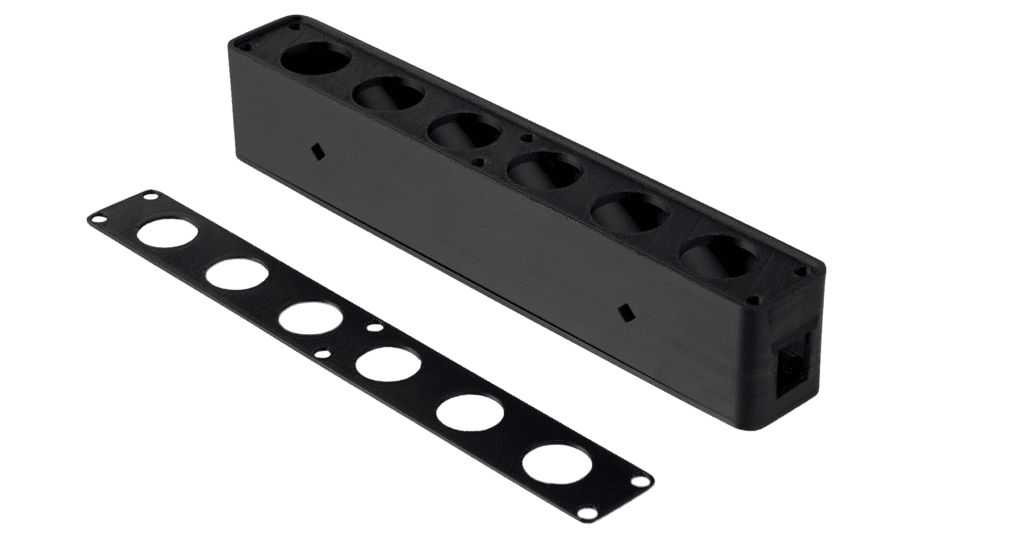FDM printing materials


FDM technology offers a broad and exciting range of materials that can be used for a variety of applications.
Available in distinct colour combinations and offering differing properties from high-tensile strength, heat and humidity resistance through to flexibility, FDM materials are versatile and can be modified and adapted to suit your exact requirements.
What are 3D printing filaments?
FDM materials are filaments used to fabricate 3D printed objects. They are essentially thin strands of plastic that are fed through a heated 3D printer head onto a build platform where they build up to create a three-dimensional object. Depending on the type of filament used, they can create rigid, flexible or transparent 3D objects. FDM filaments are commonly made from materials such as nylon, thermoplastics and rubber and are available in a range of different colours and finishes.
FDM material properties
FDM material properties are those of a 3D-printed object that is being printed by using filament. The object is made up of a series of layers that are printed one after the other. Each layer is built upon the previous layer and the object emerges from the bottom up.
There are three main FDM material types used in FDM printing:
1) thermoplastics 2) thermoplastic elastomers 3) thermosets
Thermoplastics can be melted and reshaped at relatively low temperatures and then re-solidified.
Thermoset materials can only be reshaped when heated to a very high temperature, or processed with chemicals, and cannot be re-melted like thermoplastics.
Thermoplastic elastomers are a kind of rubbery material that can change shape and hardness depending on the temperature it is exposed to.
Unbeatable range of material properties
FDM materials have a range of different properties enabling designers and engineers to design, iterate and test more freely and frequently than ever.
Heat resistance
Plastics such as ABS are commonly chosen for their relatively high heat tolerance which allows them to be printed at higher temperatures without warping, distorting or melting.

Viscosity
The material’s viscosity determines how easily it flows and how easy it is for the 3D printer to deposit it on a print bed. Low viscosity materials flow more easily than high viscosity materials and allow for quicker prints with less risk of excess stringing.
Fabrication
Parts created with Fused Deposition Modeling can be fabricated in a wide range of dimensions depending on printing parameters and materials. The layered print method allows for greater detail than a process such as 3D printing and can be used to create intricate shapes and designs that would be difficult or impossible to achieve with other processes.
Versatile materials
FDM compatible materials can range from flexible materials like nylon to rigid materials such as PC.

Vast vivid colour selection
This characteristic is closely related to the final functional output as the choice of material is aligned to its intended application. FDM 3D printing materials allow designers greater choice, since a wider range of colour and opacity can be achieved.
High level of details
Stratasys FDM 3D printed parts offer designers the freedom to create complex shapes which would be impossible to manufacture using traditional manufacturing methods and even with legacy FDM printing solutions. This allows the designer to be more creative in their approach when designing products to meet their specific requirements.









